New Zealand’s 192-million-tonne erosion problem and the new research programme slowing the slippery slope and reducing its downstream effects

New Zealand is losing 192 million tonnes of soil each year due to erosion. That’s the equivalent of more than 7 million dump trucks.
According to the Ministry for the Environment’s Environment Aotearoa 2019 report, almost half (44%) of this loss is from pastoral land. This erosion has been accelerated by the loss of native vegetation but is primarily caused by significant weather events where heavy rain causes slips, slumps and stream-bank collapse that sends massive amounts of fertile soil and sediment into waterways, streams and rivers.
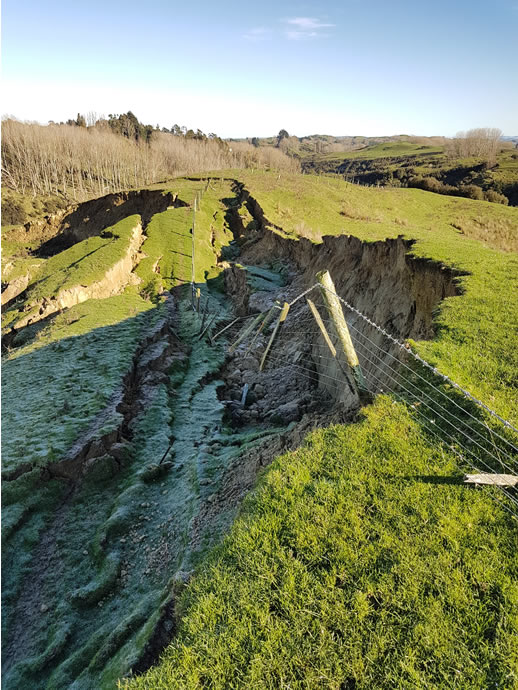
This land-based erosion and transfer of sediment is a huge problem for New Zealand. It doesn’t just reduce land productivity; it also affects water quality. Too much sediment in rivers, lakes, and coastal environments can smother freshwater and marine habitats. It also hampers the growth of aquatic plants and animals and increases the risk of flooding in towns and cities.
As significant weather events continue to increase, so does the amount of erosion - triggering the urgent need for research to understand how to best target erosion control to slow the damage and improve water quality.
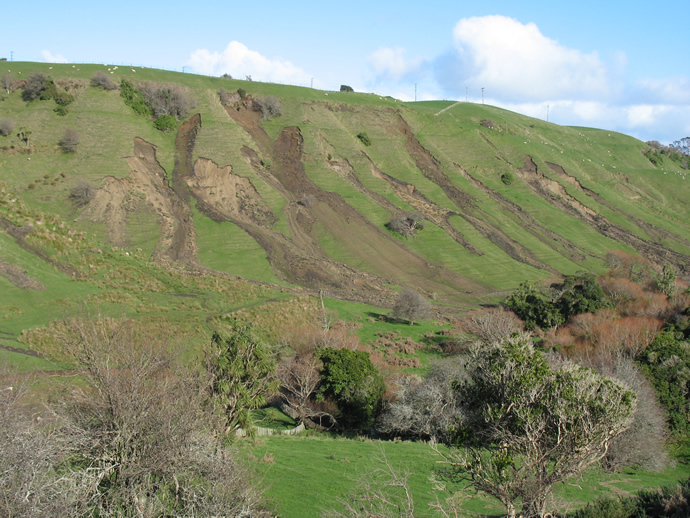
One of these projects is a new collaborative five-year MBIE-funded programme ‘Smarter Targeting of Erosion Control’ (STEC) led by Manaaki Whenua – Landcare Research, with the task of exploring cost-effective ways of targeting erosion control and improving water quality.
“This research will improve our understanding of where erosion occurs, sediment volume, what type of sediment is produced, and by which processes,” says Manaaki Whenua Landcare Research Geomorphologist Dr Hugh Smith co-leads the project.
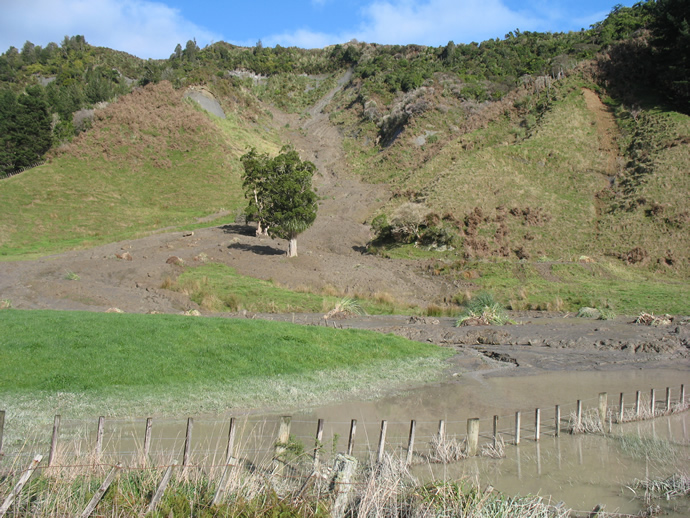
Fine sediments are the most common culprit behind widespread contaminants in New Zealand’s rivers and estuaries. They muddy rivers and reduce water quality, but also carry other pollutants such as heavy metals, nutrients and microbes.
“Year to year there is large variability in storm events,” says Dr Smith.
“We have severe storm events like the one in 2004 in the Manawatu River where huge quantities of sediment are generated and flow down the river, and there are massive impacts from landsliding and flooding.”
“Then other years we have extended low rainfall periods with no major storms and less sediment, but the water quality is still quite troubling,” he adds.

Current erosion modelling tools model annual average sediment loads over entire catchments but through STEC new data will be collected and used in building new models.
The models will indicate how sediment, and in particular fine silt, moves through catchments and how erosion and sediment transport can be targeted and mitigated cost-effectively to help strategically minimise erosion effects.
“Our ambition is to move from steady-state annual models where things are currently treated on a long term annual average using historical rates of change, to an event scale modelling approach that better links erosion sources to the fine sediment affecting water quality in streams and rivers,” Dr Smith explains.
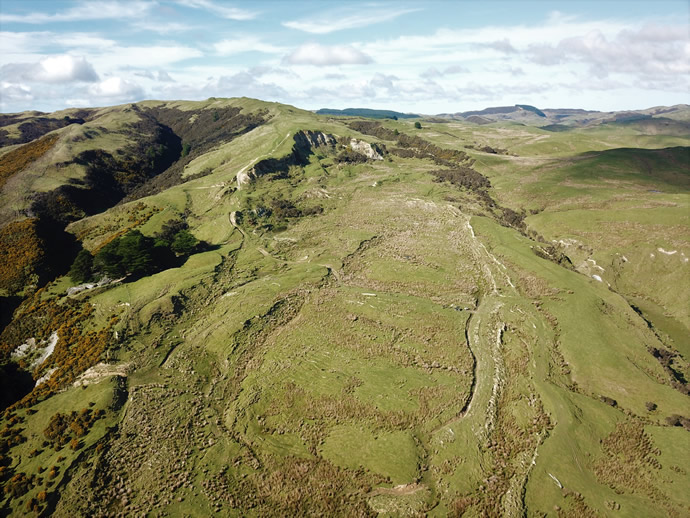
“The smarter targeting of the whole STEC programme is saying ‘well if we had better data, and better models that allowed us to actually link erosion on the land to instream related water quality impacts could we then better inform managers when it comes to deciding where to target their investment in erosion control to maximise the benefits downstream?” he says.
STEC is starting sampling in four river catchments across New Zealand to collect this new data. These are the Manawatu - for new and continuing data collection; the Whanganui - to look into impacts from the 2018 storm and legacy sediments; and the Oreti in Southland and Wairoa near Auckland - to research bank erosion and sediment fingerprinting methods in collaboration with NIWA’s Managing Mud programme.
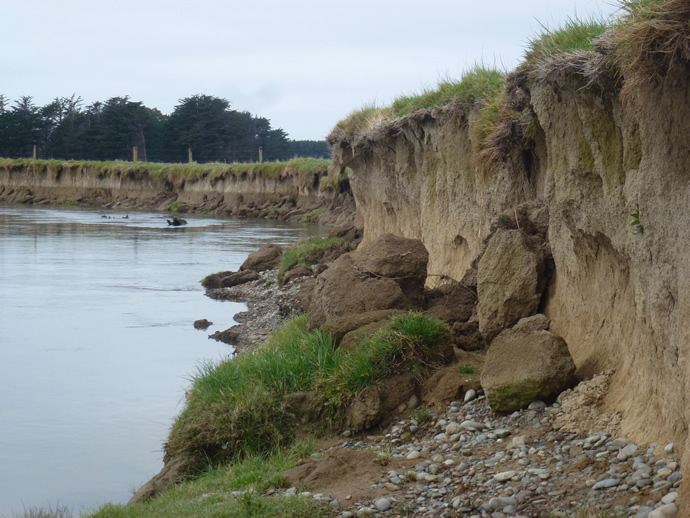
Erosion mitigation research will also be conducted on farms to learn more about how effective erosion techniques are, and build on the base of research for new models.
“Once we have an operating model, there is the opportunity to run scenarios and look at questions relating to the targeting of erosion control and the benefits at a catchment scale,” says Dr Smith.
“We will then link in with the economic analysis and include that as part of the equation so we can get a fuller view of the wider benefits of an erosion control strategy and be able to predict outcomes for different catchments.”
Sampling is already underway in the Oreti and Manawatu in the upper Tiraumea catchment - where sensors are being installed into earth flows to provide data on the rate of movements. A weather station will also be installed to look at climate conditions and how they vary and relate to movement rates.
Further erosion sampling will take place over the coming months and continue for three years.
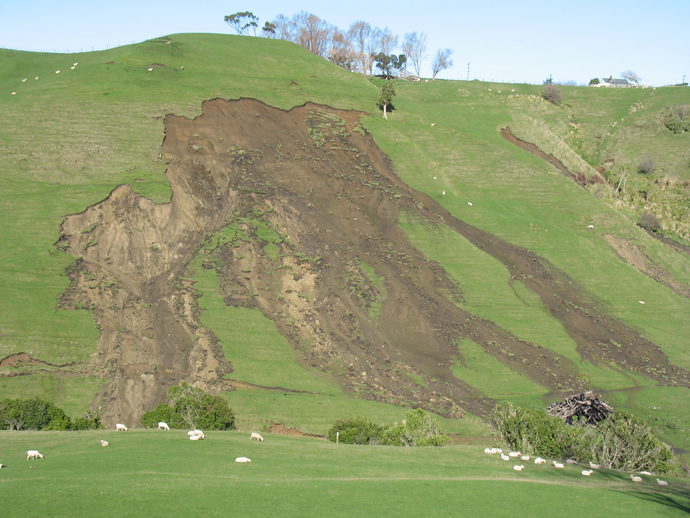
STEC is led by Dr Chris Phillips and Dr Hugh Smith from Manaaki Whenua – Landcare Research in collaboration with NIWA, Massey University, Waikato University and an international research network.
The programme partners with Whanganui iwi (Tamaūpoko Community group) and Rangitāne o Manawatū.
Article: Suzette Howe
Images: Manaaki Whenua – Landcare Research
